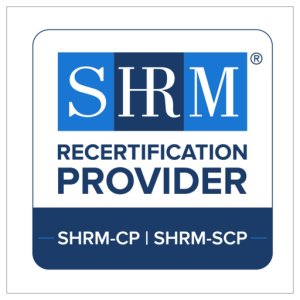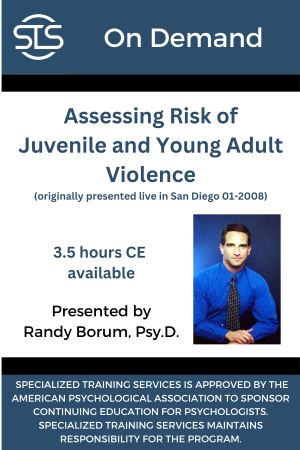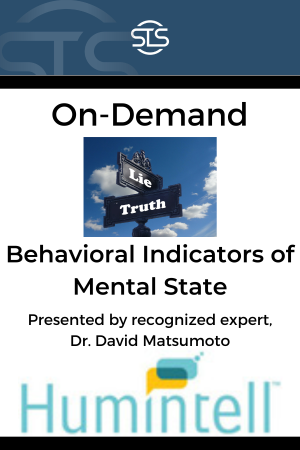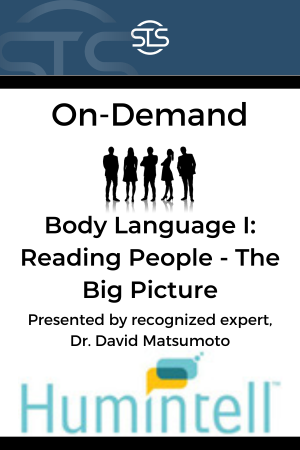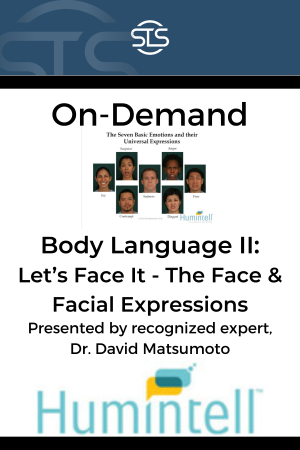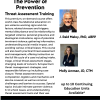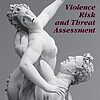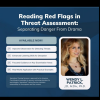The Abusive Personality
8 CE hours available
Specialized Training Services is approved by the
American Psychological Association to sponsor
continuing education for psychologists.
Specialized Training Services retains
responsibility for this program.



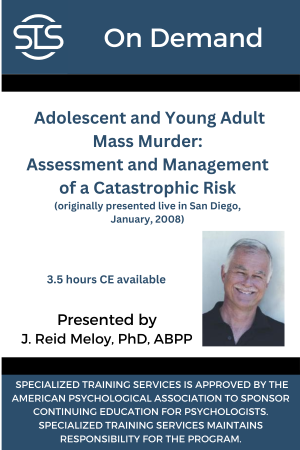


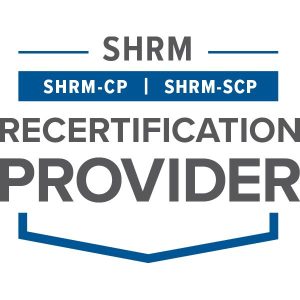



 Specialized Training Services is proud to present a 3-day Advanced Threat Assessment & Management and WAVR-21 Training
Specialized Training Services is proud to present a 3-day Advanced Threat Assessment & Management and WAVR-21 Training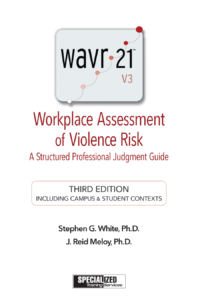
 Specialized Training Services is approved by the American Psychological Association to sponsor continuing education for psychologists. Specialized Training Services maintains responsibility for this program and its content. AI was not used in the development of this program or in any of the content.
Specialized Training Services is approved by the American Psychological Association to sponsor continuing education for psychologists. Specialized Training Services maintains responsibility for this program and its content. AI was not used in the development of this program or in any of the content.